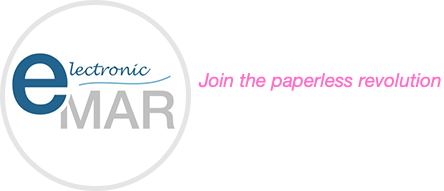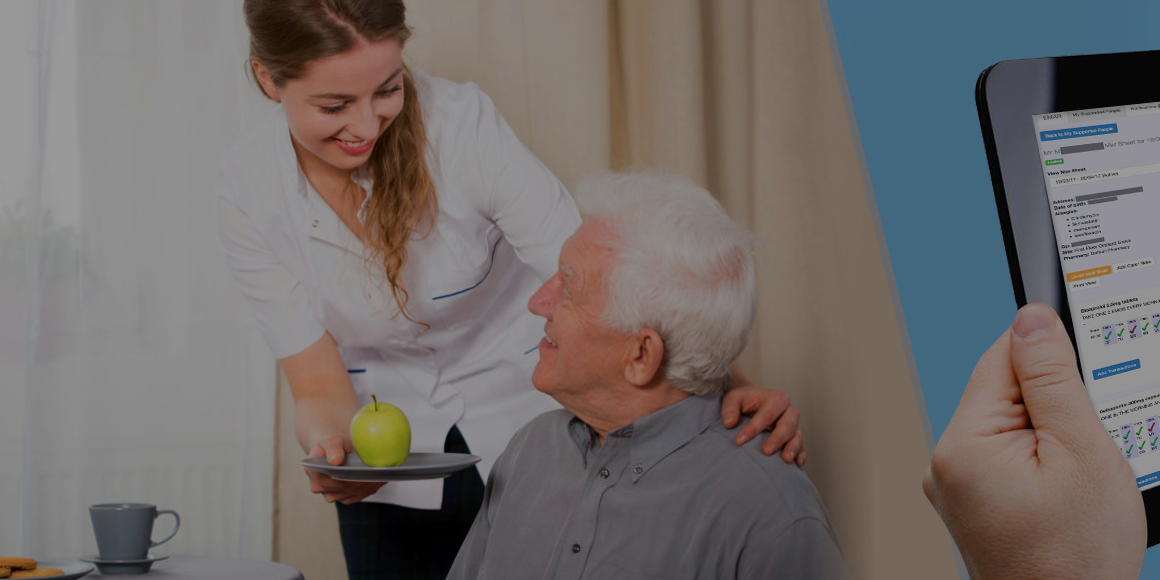As a caregiver or a care home manager, you are aware of the fact that there are many facets to wellbeing. So, how do you include all the important elements of holistic care while preparing the care plan?
To help you, here are some of the useful tips to create a care plan that reflects older people’s interests and responds to their needs –
- Involve the concerned parties – From setting out the action plan, responsibilities (who is doing what) and right expectations to planning the safety of the residents – a care plan is a tool to ensure that the individual needs and wishes of the residents are met. Hence, it’s important to get up-to-date information on the resident’s medical history, mental and emotional profile, current medications, eating preferences, hobbies, and communication needs and preferences. Get all this information from the elderly resident, his or her doctor, caregivers, and family members and involve them while creating the care plan.
- Medicine routine – Medicine management in care homes should also involve participation from the residents. Also, respect for the older resident and their dignity as an individual should be at the core of the medication process. To help the residents adhere to a medication routine, it’s important to understand certain nuances and add them to the care plan – which stages the resident is currently at with regard to his/her journey with a disease or a condition, his/her specific needs, and beliefs in the treatment.
Many care homes in the UK are shifting to digital tools (electronic MAR charts is one of them) to help reduce the manual work involved in the medication process. Learn how care homes in the UK are using eMAR charts to reduce medication errors and improve operational efficiency. Caregivers work hard to provide high-quality care and keep the residents safe, but sometimes people are inadvertently harmed. With an estimated 237 million ‘medication errors’ per year in the NHS in England – there’s a widespread need for advanced technologies helping the caregivers maintain the health and safety of the residents. Also, embracing digital solutions for manual work like organising rotas or managing care plans can help the care workers spend less time on streamlining paperwork and focusing more on the health and safety of the residents.
- Social participation – Here’s a useful read on making an activity plan for seniors. Along with planning activities that the elderly resident enjoys, you can also try leveraging the power of mobile and digital technology to help the residents interact with their loved ones in new ways. They can also participate in meaningful activities online; learn and develop new skills, and share their learning experiences with others online.
- Meal preferences – Meal plans impact an older person’s health and wellbeing. It’s important to get proper information on a resident’s dietary and hydration needs before making the care plan. Note down the allergies (such as gluten intolerance, nut allergies) and food preferences (such as vegan, vegetarian). Based on the information, prepare a list of do’s and don’ts while designing the plan. You can check this informative read on improving food practices in your care home







